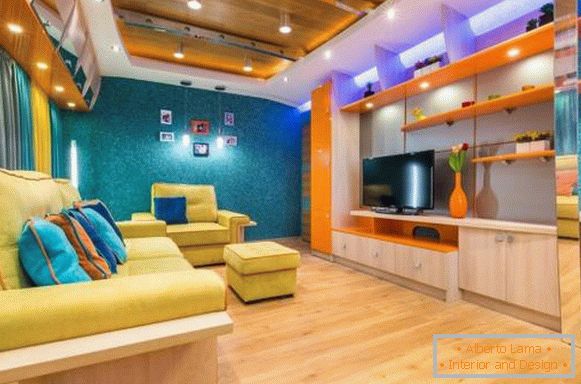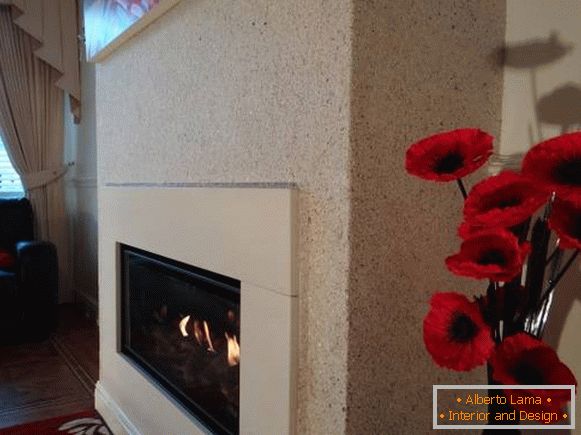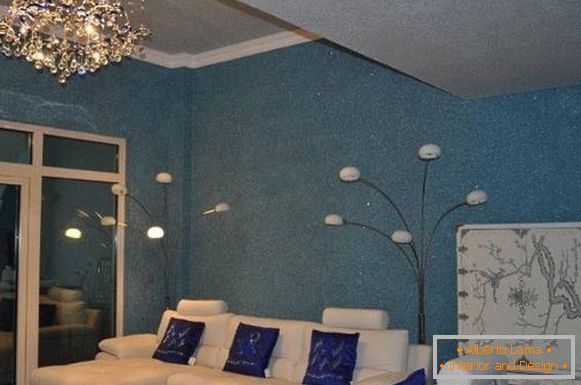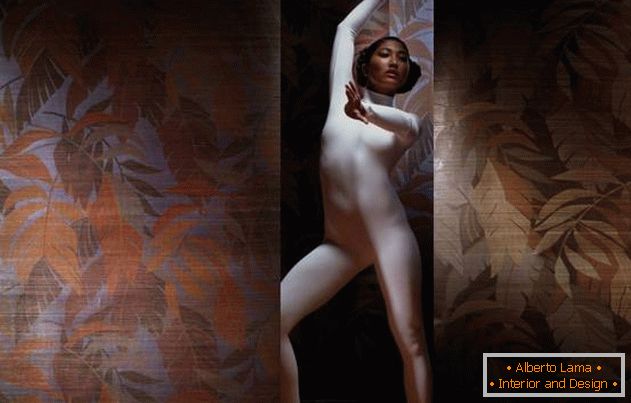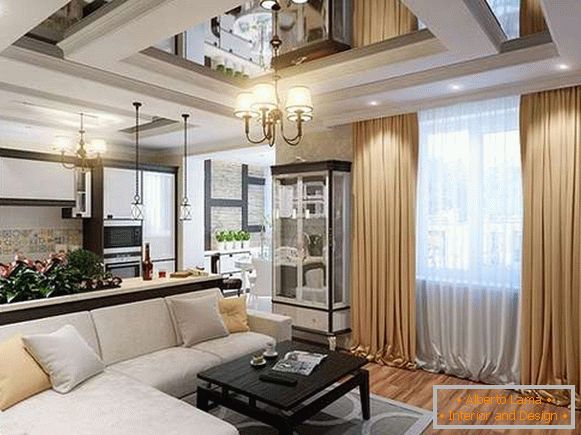Liquid wallpapers have become fashionable relatively recently, but have already earned themselves an excellent reputation. A large selection of colors and textures allows you to find a cover for any style of the room. How to apply this coating on the walls? And how do the liquid wallpaper look in the interior? Read on and look at 25 photos!
What is a liquid wallpaper. Pros and cons of this finish
Liquid wallpaper is a modern decorative material that can include different elements from paper, cotton and wool to silk fibers, natural mica and even marble chips. The adhesive base for fine particles is the adhesive substance carboxymethyl cellulose. It is because of the presence of cellulose and the absence of sand, this type of finishing is called wallpaper, and not plaster.


It is worth saying that liquid wallpaper has an enviable advantage. They:
- antiallergenic and environmentally safe;
- Do not be afraid of temperature changes and can be used even in unheated rooms;
- are subject to easy recovery;
- are applied without seams;
- have a high vapor permeability, which protects against mold and condensation;
- retain quality when removed and transferred to another location;
- resistant to shrinkage;
- provide good noise and thermal insulation;
- durable.
Perhaps the most amazing thing is the ability to reuse this material. To remove from the walls, it is soaked with warm water. Then scrape off with a spatula in a separate container. After that, the liquid wallpaper can be put away for storage, and you can immediately soak with water and begin applying to another section of the wall.
With this ability to respond to warm water, the only drawback of liquid wallpaper is associated - they are not recommended to be installed in rooms with high humidity, for example, in a bathroom with poor ventilation, as a kitchen apron
How to apply liquid wallpaper on the walls? About this step by step:
- Prepare the wall surface (clean, seal cracks, pinch problem areas);
- Apply 1-2 coats of primer;
- Prepare a polisher and a clean building basin (10-15 liters);
- Dilute the mixture with warm water (one package for 5.5-6 liters of water 40-50 ºС);
- Leave to soak for 8-12 hours;
- Apply liquid wallpaper polisher, starting from the corners and withstanding the thickness of the layer 2-3mm;
- Expect complete drying of the coating, which takes place from 24 to 48 hours, depending on the temperature and humidity in the room.
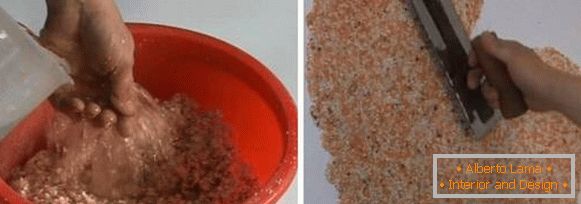 When combining several shades, first wait for the first color to dry out and then start applying the next one.
When combining several shades, first wait for the first color to dry out and then start applying the next one. 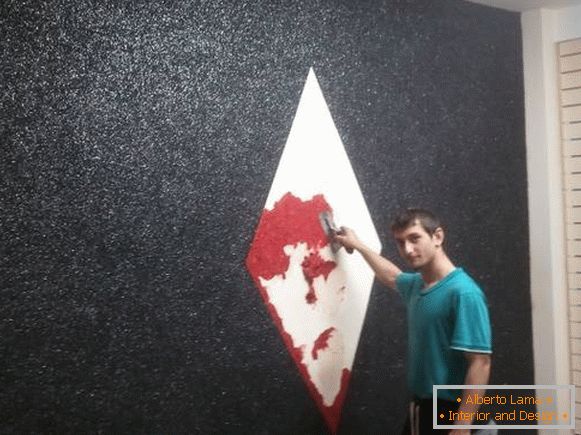
Also read: How to glue a vegetable wallpaper Grasscloth
Liquid wallpaper in the design of the hallway and corridor (7 photos)
Liquid wallpaper is often used in the interior of the hallway and corridor, so that the walls retain their fresh appearance longer (without the abrasions typical when using paper wallpapers) in these problem areas. Note that to increase the wear resistance they can be covered with acrylic lacquer. This will also give you the opportunity to easily clean the wallpaper of dirt, while their ability to "breathe" they will lose.




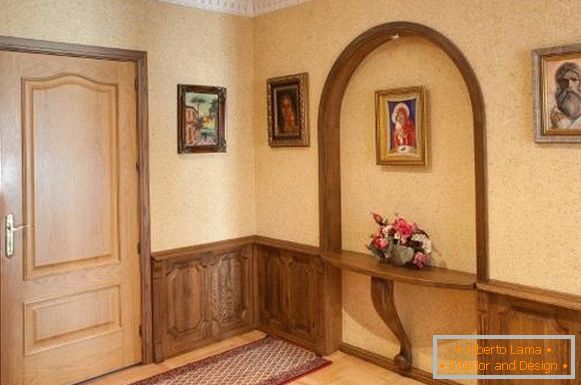
 Also read: Design of a narrow corridor - 28 ideas
Also read: Design of a narrow corridor - 28 ideas 
Wall design with liquid wallpaper - 15 photos in the interior of rooms
Beautiful and elegant liquid wallpaper is great for bedroom, living room and children's room design. A monophonic coating, a combination of several colors and textures or wallpaper with a pattern will give any interior a refined look and emphasize the furniture. See the examples in the photo below!
Photo of the walls in the bedroom:
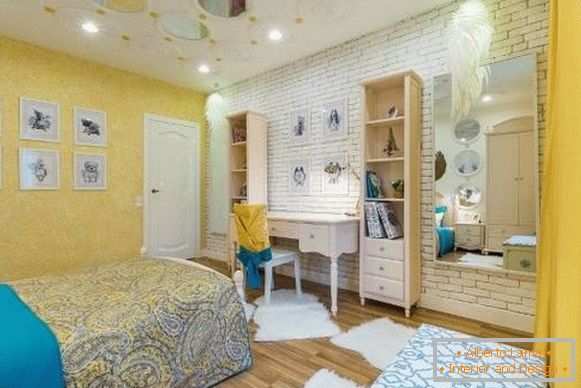



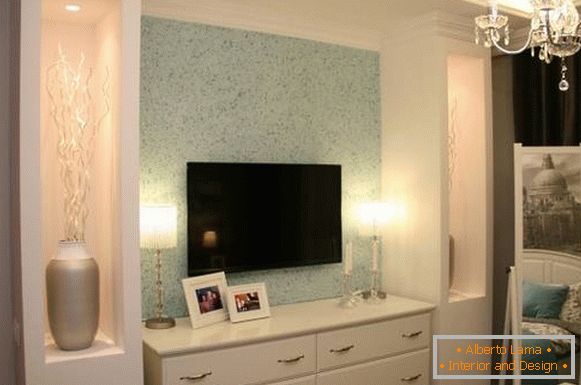
Also read: Fashionable bedroom design - trends for 2017
In the design of children's rooms: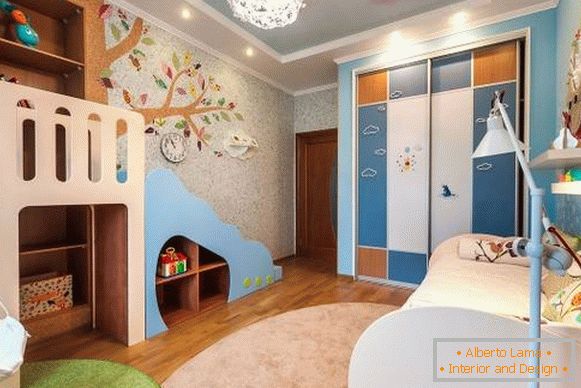
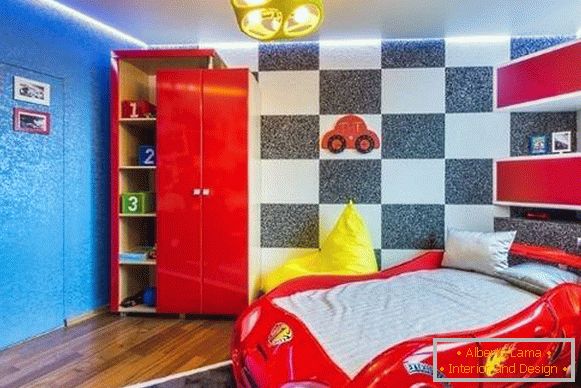
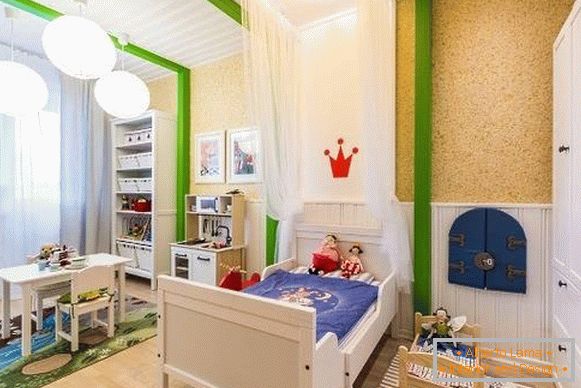 Liquid wallpaper on the ceiling:
Liquid wallpaper on the ceiling: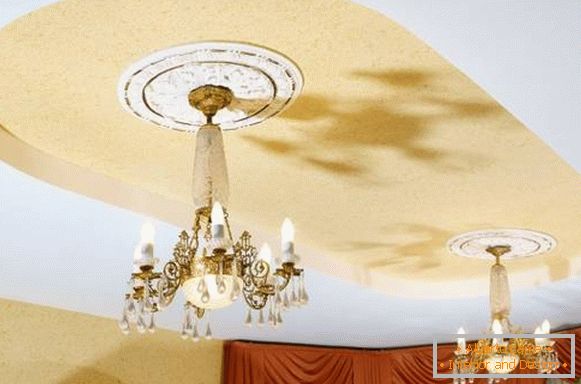 In the interior of the living rooms in different styles:
In the interior of the living rooms in different styles:
